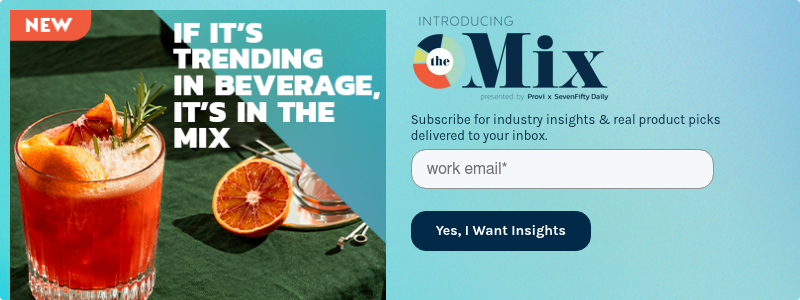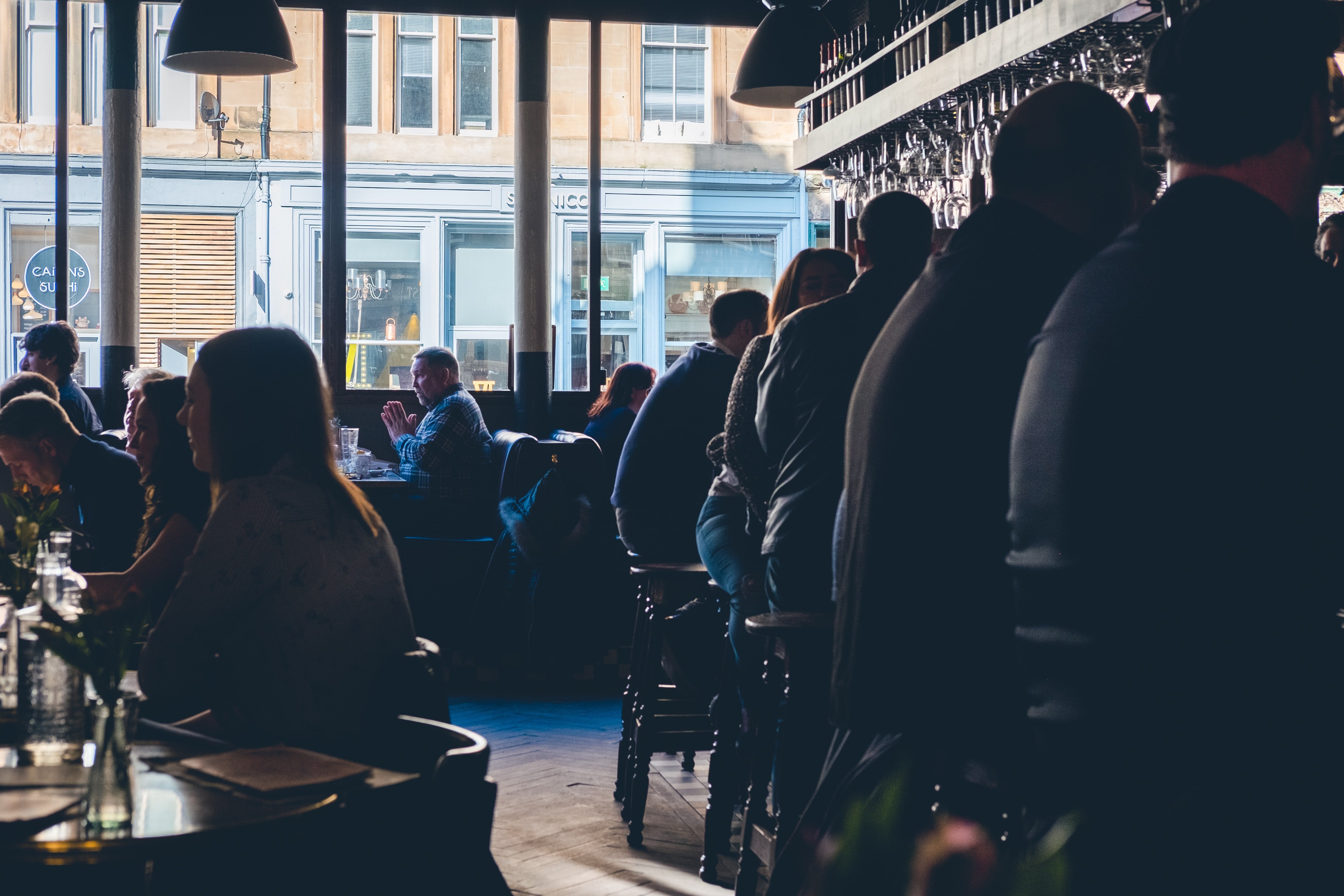If you're wondering "how to price liquor?" then you've come to the right place. Pricing beer, wine and spirits can be a rather tricky and fickle process. You want to set drink prices that won't drive away your customers, but you also need to make a profit to grow your business. How can you satisfy these two needs? The process of setting your menu pricing largely comes down to your specific situation. Profit margins set the base cost of serving the product to your customers. Since that's the case, let's look at how bar operators like you should price beer, wine, and spirits to strike the right balance.

How to Price Beer
There are no short answers for how much you should charge for the beer in your restaurant. Instead, consider various factors when determining how much you'll charge.
Guide for Setting Beer Prices
The average markup on beer is somewhere around 300%, but there are some outliers for specific craft beers. You can use the markup as a guideline for setting the prices of your beer selection. The goal when setting any price is to install a markup percentage that helps you maintain a profit when you institute specials or offer deals. Still, you need to remember specific things about beer as a commodity.
Determine Average Beer Pour Cost
First, you have the pour cost. For those that need the refresher, the pour cost is the ratio of the cost of the beer to the revenue generated from selling it. You can often sell bottled beer at a 25% pour cost and draft beer at a 20% pour cost. These low pour costs ensure that you receive a high-profit margin in return.
How to Price Bottled Beer
When it comes to pricing, there are differences to be found between draft beers and bottled beers. Typically, you should aim to have an overall profit margin of beer in your bar at roughly 75-80%, and that needs to inform your pricing model.
If you sell beer by the bottle and you get a case of 24 beers and the case costs you $24, you need to divide the wholesale price of each beer by the pour cost you want (25% or .25) to get the retail price that your customer pays. That $1 bottle of beer becomes a $4 bottle of beer so that you can make money on the transaction.
How to Price Draft Beer from Kegs
The same concept applies to draft beer that you serve out of a keg, too. First, you determine the average pour amount (usually 14.5 ounces per glass) and then divide the number of ounces in your keg by that number. If you have a ½ bbl keg with 1984 ounces, then you’ll get 136 pours.
If you bought the keg for $120 and you want to have a pour cost of 20%, then your overall keg will earn $600 as each pour of 14.5 ounces would be $4.41 (or rounded to $4.50 for the sake of appearances). Of course, that is just an example and the costs will differ. Beer is definitely one of the more challenging drinks to sell because of the numerous ways it's served.
How to Price Wine
Establishing the price of wine is similar to pricing beer. Often, you should mark up the bottle four or five times the wholesale price that you paid for the bottle. Determine how much you paid for the bottle and figure out what you expect for your pour cost (20-25%). If you were to pay $10 for a bottle of wine and have a pour cost of 25%, the bottle should be sold at $40.
.webp?width=2240&height=1260&name=White%20Wine%20(2).webp)
There are roughly 24 ounces in a bottle of wine. Each bottle contains around four, six-ounce pours. Each glass priced at $10/piece equals $40 — or the price of the bottle sold as is. When pricing wine by the glass, there are similar industry-accepted standards for pricing strategy. The most basic is to simply price the glass of wine according to the wholesale cost of the bottle. If you paid $15 for a bottle of wine, you should be pricing that wine by the glass at that same $15. This is a handy, simple way to ensure profits in your per-glass wine pricing.
Of course, there will always be some kind of variance happening when you get to the more expensive bottles of wine. After all, you might not want to sell wine at $17/glass because higher costs could shy guests away. In those cases, you have the choice to sell by the bottle only or establish an upper limit on your pour cost, cap the price, and eat the loss on the profit margin for that specific bottle.
How to Price Spirits
Pricing spirits is a tad tricky in the sense that many spirits aren't served alone. While there will be plenty of guests asking for whiskey on the rocks, you're more likely to get people that want a Rum and Coke instead — speaking of, check out our roundup of most profitable bar drinks. Start by figuring out your pour cost at 20-25%. You can manage your pour costs by ensuring you take time to keep alcohol contents in drinks regulated in your business. You don’t want a bartender with a heavy pour messing up your revenues.
.webp?width=1200&height=628&name=Untitled%20design%20(9).webp)
On average, a liter bottle of spirits will get you about 30 drinks as there are 33.8 ounces in a bottle. So, you can find your liquor cost by dividing the cost you paid for the bottle by the number of ounces in a bottle. In our case, we’ll use a $20 bottle and 33 ounces for $0.60 per ounce.
With a pour cost of 20%, the average drink cost will be the liquor cost ($0.60) divided by the pour cost for a drink cost of $3.
That’s not all, though. You have other factors such as garnish (add $0.50) and shrinkage at a rate of 20%.
That $3 drink cost + $0.50 =$3.50.
Now we factor in the shrink on top of that at $3.50x.2 =$0.70 for a total of $4.20 or $4.25 if you round to the quarter.
That is how you price spirits, but you must realize that other factors such as prep time and added ingredients can increase the price, and factors like local competition need to be considered as well.
Setting your prices in the bar might be one of the most challenging things you do. However, you can’t afford to have a cost that is too low that you don’t make money or too high that you don’t make sales. Find the sweet spot using these formulas.



Comments